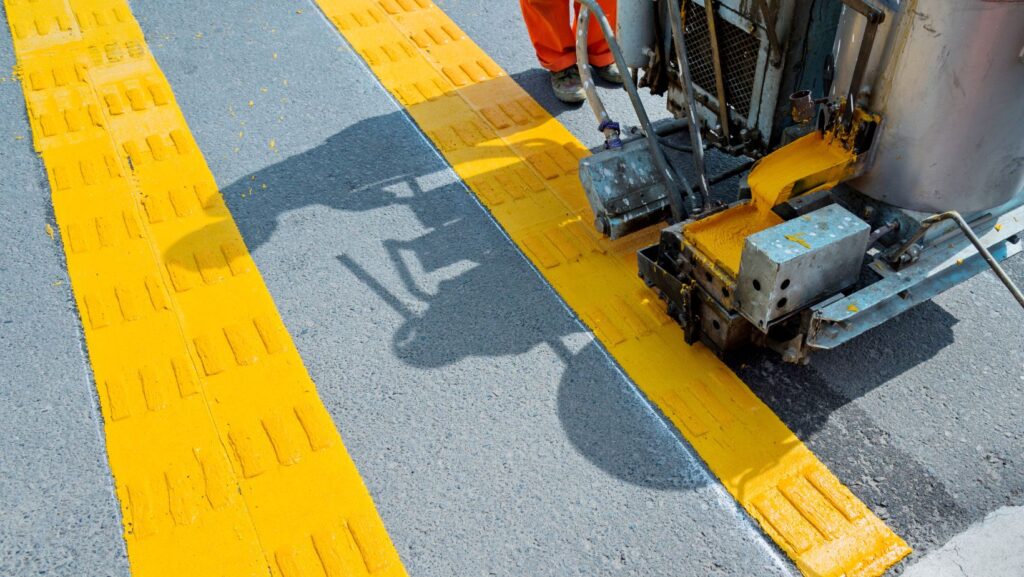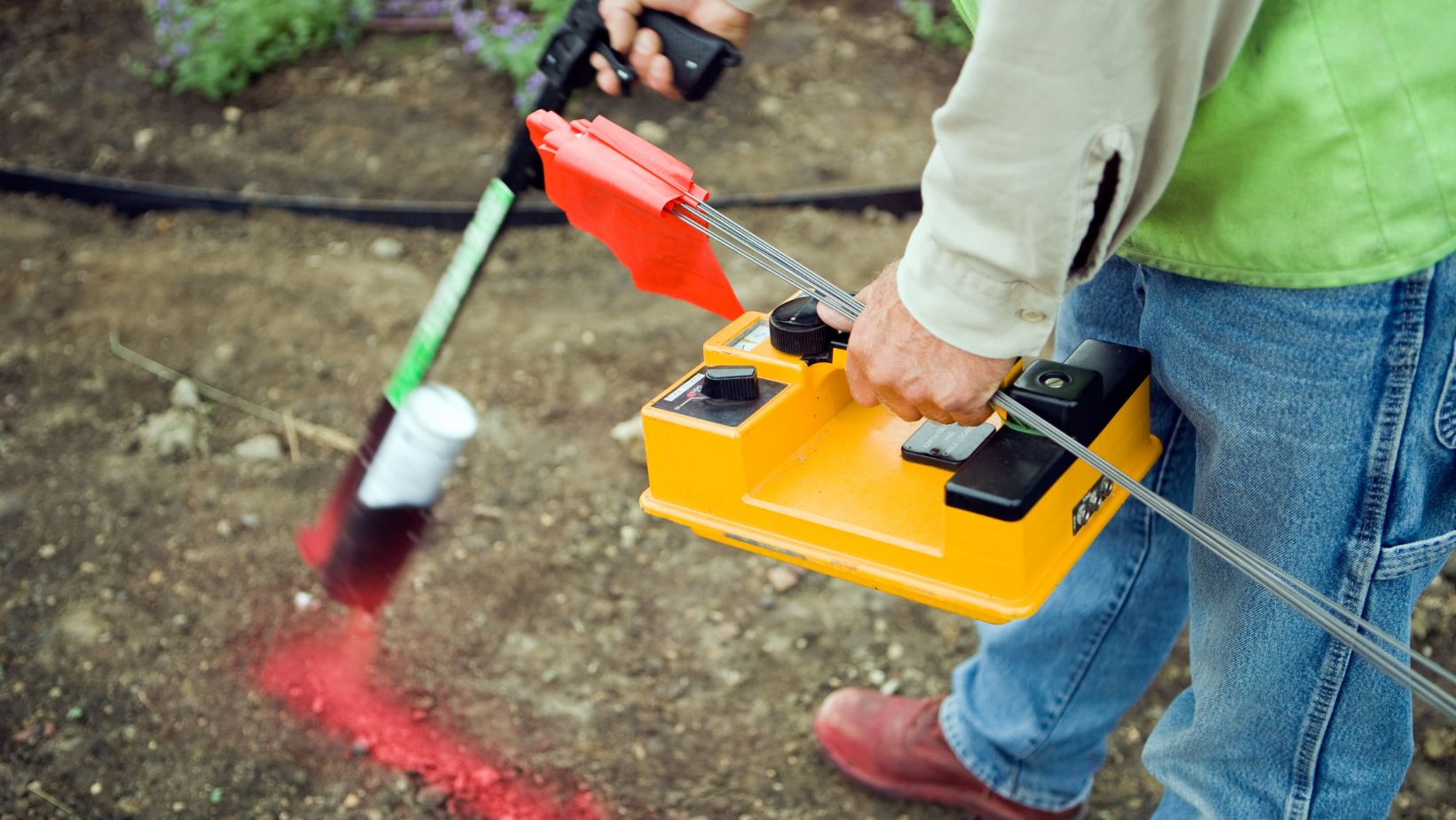
In the constantly changing landscape of sports field preparation, a battle rages between human intuition and robotic precision. On one side, seasoned groundskeepers wield chalk and eye each line with care; on the other, state-of-the-art machines ensure flawless consistency. This guide will navigate you through this humorous clash, blending practical advice with a dash of lighthearted fun.
Welcome to the whimsical arena of “Chalk Wars,” where humans and machines vie for supremacy on sports fields worldwide. As technology advances, so does the popularity of the line marking machine, bringing efficiency and accuracy into play. But fret not! This guide promises to unravel both the charm of the human touch and the mechanical prowess needed for perfect lines, ensuring your turf is match-ready with minimal fuss.
The Age-Old Rivalry: Humans Vs. Machines
For decades, field painting has been a canvas for human creativity, from hand-chalked lines to today’s high-tech automations. Humans bring a unique flair to this task with their ability to make on-the-fly adjustments and add a personal artistic touch. However, the line marking machine offers unparalleled precision, delivering consistent lines at remarkable speeds—a feat difficult to match by any human standard.
This ongoing contest between manual dexterity and robotic efficiency is more than just a technological upgrade; it’s an evolution in sports field maintenance. While humans excel in adaptability, machines promise a level of repeatable perfection that’s hard to ignore. As these automated wonders roll across fields worldwide, they challenge traditional methods with their relentless pursuit of flawlessness.
Essential Preparations Before Painting
Before diving into line marking, ensure your playing field meets essential standards: check dimensions meticulously, clear away debris, and confirm that the turf isn’t soggy or muddy. The age-old adage “measure twice” holds true here—avoiding comedic mishaps when your machine begins its task is crucial. Double-checking settings on any robotic device is equally vital to prevent unexpected zigzags or quirky smiley faces from appearing where straight lines should be.
These preparatory steps are not just about aesthetics but also about ensuring safety and optimal performance. Precise measurements guarantee that your field aligns with official standards while avoiding any potential damage to your equipment. By taking time at this stage, you’re setting yourself up for success once the machinery takes over.
How To Set Up Your Line Marking Machine
Getting started with your line marker involves a few straightforward yet essential steps. Begin by charging or fueling your machine according to its model type; this ensures uninterrupted operation during use. Next, program the field layout into your device, making sure it adheres to standard league or tournament dimensions—without mentioning specific organizations. Finally, conduct a test run in an inconspicuous corner of the field to confirm alignment before letting it loose.
A word of caution: disregarding the instruction manual can lead to unexpected outcomes—imagine a random swirl instead of a crisp straight line gracing your pitch! Embrace the humor in these scenarios but remember that careful setup can mitigate most risks associated with automation mishaps.
Supervising The Automation Process
Once your machine is in motion, maintaining oversight is key. Whether you’re casually sipping a sports drink or pacing alongside it like a proud parent watching their child’s first soccer game, keep an eye out for wayward paths. An unmonitored device might humorously veer off course into team benches—leaving you with awkward apologies and green-stained shoes as evidence of its detour.
Regular monitoring also allows for quick adjustments to paint flow and direction, ensuring optimal coverage. Consider establishing checkpoints along the way to verify alignment and paint consistency, making corrections before minor issues become major setbacks.
Common Slip-Ups (For Humans And Robots Alike)
No matter how skilled you are or how advanced your technology might be, mistakes happen. For humans, crooked lines or incorrect boundary markings are common pitfalls. Machines aren’t infallible either—program errors, depleted paint supplies, or connectivity issues can disrupt even the best-laid plans.

Fortunately, most mishaps are easily rectified by halting operations or manually correcting errors where necessary. Weather conditions can also play tricks on both human and machine operations, causing paint to dry irregularly or sensors to malfunction. Always have a backup plan ready and maintain flexibility in your approach to line marking.
Safety Measures And Troubleshooting
Your safety during field preparation is paramount: wear appropriate footwear and keep bystanders at a safe distance from moving machinery. It’s also wise to have a paint-cleanup solution nearby for unforeseen accidents. While technology offers robust solutions for many challenges in field maintenance today—it isn’t foolproof; always know where the shutoff button is located.
Routine maintenance checks and equipment inspections should become routine practice. Establish clear communication protocols with team members and maintain an updated troubleshooting guide specific to your equipment model for quick reference during emergencies.
Tips For Achieving Straight And Consistent Lines
A few simple tricks can significantly enhance your results: utilize field markers or temporary flags as guides when painting lines; ensure consistent paint levels throughout operation—skipping refills could lead to faint or broken lines on your turf; above all else—don’t rush! Give your machine ample time so every stroke results in crisp professional-grade markings worthy of any competitive event.
This whimsical journey through ‘Chalk Wars’ celebrates both human ingenuity and technological advancement, reminding us that while machines bring newfound precision, they never fully replace our innate creativity. They’re also not immune to comic misadventures in sports field preparation. Who knows? Perhaps one day soon robots will indeed surpass us completely.












